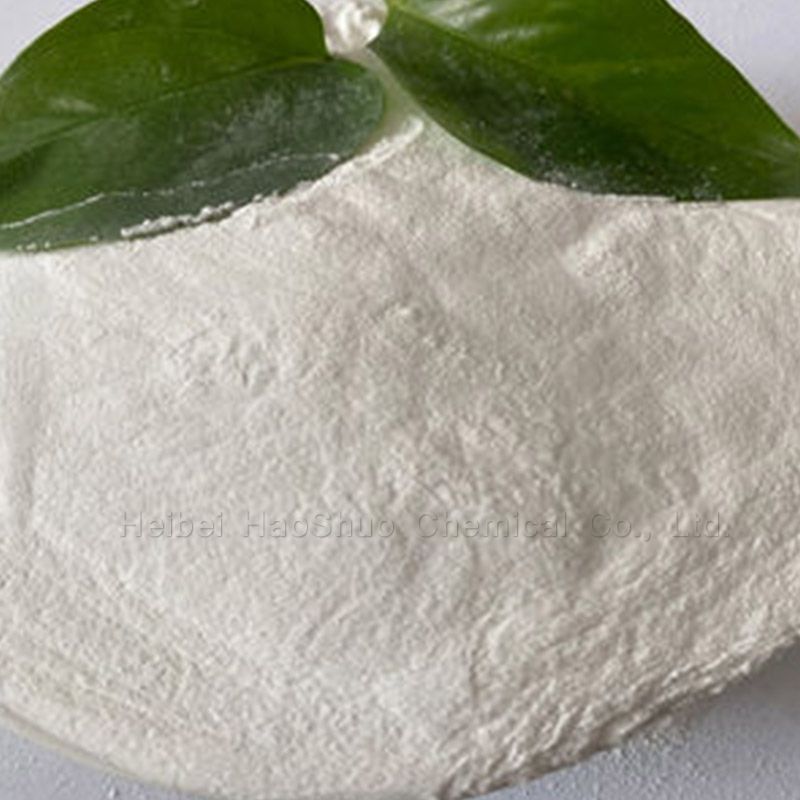Apr. 11, 2022
Chemicals
With the rapid development of the construction industry, people's demand for new building materials is increasing. Due to the enhancement of people's awareness of environmental protection and the continuous improvement of construction efficiency, cementitious materials and gypsum products have developed rapidly. The most common gypsum products today are gypsum powder, gypsum powder, inlay gypsum and tile adhesives.
Hydroxypropyl methylcellulose, referred to as: HPMC or MHPC. Appearance is white or off-white powder; the main use is as a dispersant in the production of polyvinyl chloride, and it is the main auxiliary agent for the preparation of PVC by suspension polymerization. In the construction process of the building industry, it is mainly used for mechanized construction such as wall laying, stucco decoration, and caulking; especially in decorative construction, it is used to paste tiles, marble, and plastic decoration, with high paste strength and can also reduce the amount of cement. . Used as a thickener in the coating industry, it can make the layer bright and delicate, not powder, and improve the leveling performance.
In cement mortar and gypsum-based slurry, hydroxypropyl methylcellulose mainly plays the role of water retention and thickening, which can effectively improve the cohesion and sag resistance of the slurry.
Factors such as air temperature, temperature and wind pressure will affect the evaporation rate of water in cement mortar and gypsum-based products. Therefore, in different seasons, there are some differences in the water retention effect of products with the same amount of hydroxypropyl methylcellulose added.

In the specific construction, the water retention effect of the slurry can be adjusted by increasing or decreasing the amount of HPMC added. The water retention of methyl cellulose ether at high temperature is an important indicator to distinguish the quality of methyl cellulose ether.
Excellent hydroxypropyl methylcellulose series products can effectively solve the problem of water retention at high temperature. In high temperature seasons, especially in hot and dry areas and thin-layer construction on the sunny side, high-quality HPMC is required to improve the water retention of the slurry.
High quality HPMC, with very good uniformity, its methoxy and hydroxypropoxy groups are evenly distributed along the cellulose molecular chain, which can improve the ability of the oxygen atoms on the hydroxyl and ether bonds to associate with water to form hydrogen bonds , so that free water becomes bound water, so as to effectively control the evaporation of water caused by high temperature weather and achieve high water retention.
Water is required for hydration in order to set cementitious materials such as cement and gypsum. The correct amount of HPMC can keep the water in the mortar long enough to allow the setting and hardening process to continue.
Suggested reading:The amount of HPMC required to obtain sufficient water retention capacity depends on:
1. The absorbency of the base layer
2. The composition of mortar
3. The thickness of the mortar
4. Water requirement of mortar
5. The setting time of the cementitious material
High-quality hydroxypropyl methylcellulose can be uniformly and effectively dispersed in cement mortar and gypsum-based products, and encapsulate all solid particles, and form a wetting film, and the moisture in the base is gradually released for a long time. , and the hydration reaction occurs with the inorganic cementitious material, thereby ensuring the bonding strength and compressive strength of the material.
Previous: Application of boron trifluoride BF3
Next: None
Related Articles
If you are interested in sending in a Guest Blogger Submission,welcome to write for us!
All Comments ( 0 )